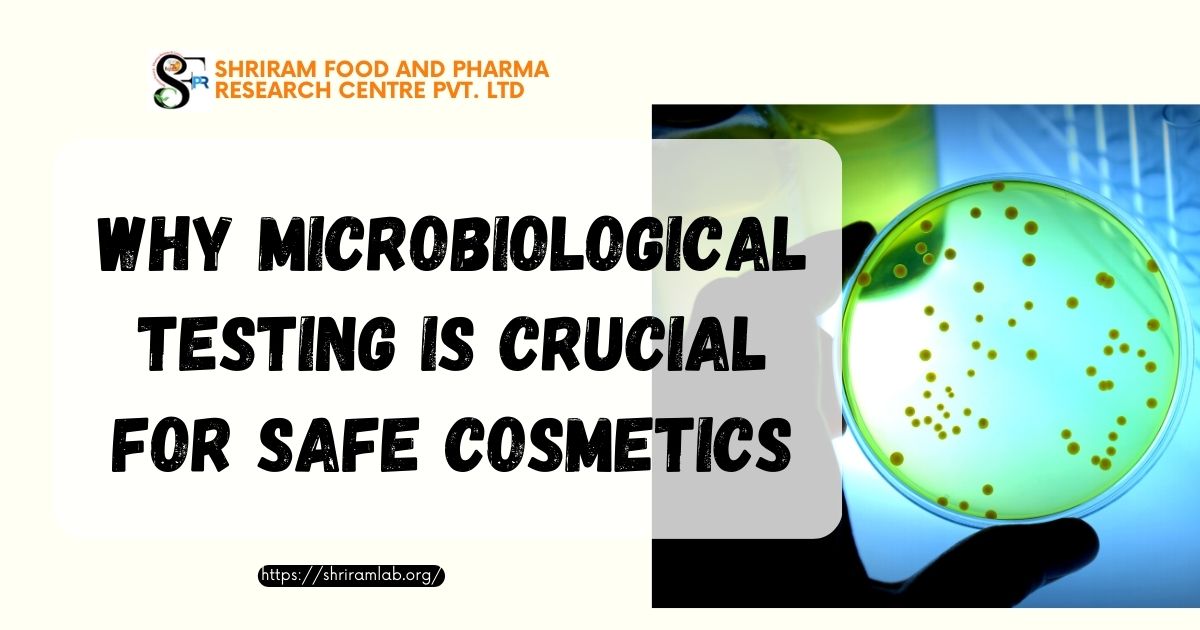Ensuring the safety of food products is an imperative task in today’s era, considering the growing number of food-borne illnesses worldwide. The food industry, especially the meat sector, faces the challenge of not only meeting the increasing demand but also ensuring the safety and quality of their products. This article delves into the significance of meat quality assurance and testing for food safety in the meat industry and provides a comprehensive guide to overcoming the challenges faced by this sector.
The Significance of Food Safety
Food safety is directly connected to the promotion of good health and nutrition, thus contributing to a robust workforce and stable economic growth. As food-borne illnesses rise each year, the importance of food safety becomes even more apparent. The current global pandemic further underscores the crucial role of food safety for maintaining a healthy life and environment.
Food Safety in Different Global Contexts
In India, for instance, the Food Safety and Standards Authority of India (FSSAI) releases a Food Safety index of States, measuring food safety based on five parameters: human resources and institutional data, compliance, food testing facility, training and capacity building, and consumer empowerment. This measure ensures that the states adhere to safe food practices and maintain a focus on nutrition and health.
The COVID-19 pandemic, despite its numerous challenges, provides an unexpected opportunity to strengthen India’s food safety system. Food safety measures, including hygiene and sanitary requirements, management responsibilities, and sector-specific requirements, prevent the spread of COVID-19 along the food supply chain. These measures form the foundation for minimizing the spread and cross-contamination of COVID-19 in food operations. Therefore, existing personal and food hygiene measures need to be audited and possibly strengthened.
Food Safety Challenges in the Meat Industry
The meat industry, a critical sub-segment of the Food Processing industry, faces several challenges in terms of food safety. These include:
- Adjusting to continuously changing food regulations.
- Adhering to Food Industry safety standards.
- Preserving meat quality standards throughout the processes.
- Sustaining meat quality assurance throughout the entire supply chain.
- Meeting consumer expectations consistently.
Balancing all these requirements while managing supply and demand is a significant challenge for any meat industry player. Only those who can adapt their food safety standards and implement modern, scientific methods can sustain and succeed in the current industry environment.
The Role of Quality Assurance in the Meat Industry
Consumers are becoming increasingly informed and concerned about the quality of food they purchase. Therefore, meeting evolving meat quality standards has become an implicit requirement throughout all processes in the entire supply chain. To meet current compliance standards and expedite their access to the meat market, meat manufacturers need to adopt new approaches, strategies, and services.
Meat Quality Assurance, Testing and Safety Certification
Meat quality assurance is a preventive approach that ensures quality control of meat and meat products. It verifies that a safe, hygienic, and clean environment is maintained during livestock breeding, processing, supply, transportation, and storage. The process includes inspections, lab testing, audits, quality control and safety certification as per the guidelines and regulations of the destination market.
Lab testing of meat involves freshness control, meat grading, residue identification tests, stability, and shelf life tests. Meat quality control includes tracking the entire process, identifying deviations, verifying and maintaining standard procedures. All these processes aim to eliminate, reduce, or prevent food safety hazards.
HACCP and Quality Assurance
To maintain the highest level of meat quality assurance and secure a stronghold in the national and international market, manufacturers must deploy production processes according to the principles of HACCP (Hazard Analysis and Critical Control Point), as well as ensure hygienic optimal conditions. HACCP Meat Quality Control Checks ensure conducting hazard analysis, pinpointing critical control points, establishing critical limits, monitoring procedures, establishing corrective actions, recordkeeping, and verification of established procedures.
Meat Safety Certification
A quality auditor or inspector provides a meat safety certificate when the inspections are completed. This certification, recognized nationally or globally, provides brand recognition in respective markets. A meat safety certificate helps mitigate risk, saves time and money, ensures better market access and inspires confidence in consumers, therefore, assisting in capturing a larger market.
Addressing the Food Safety Challenge
Addressing food safety challenges requires the industry to improve with changing trends and developments at the forefront of food safety and quality assurance. The industry must adopt best practices to make food risk-free using scientific processes that are safe for the overall environment. The key to addressing challenges is being informed, accepting change, adopting evolving developments, and implementing new processes.
Impact of Scientific Approach and Quality Assurance System
To have a successful business and establish a brand name, meat industries need a scientific approach to ensure food safety. They need a robust quality assurance system and collaboration with the best meat quality testing facility and meat safety certificate provider.
Conclusion
In conclusion, meat quality assurance and testing for food safety in the meat industry are crucial aspects of ensuring high standards of health and safety. With the increasing demand for good quality, safe, ready-to-eat food products, it becomes imperative for the meat industry to maintain the highest level of quality assurance. This can be achieved by implementing scientific processes, adopting best practices, and maintaining a robust quality assurance system.





